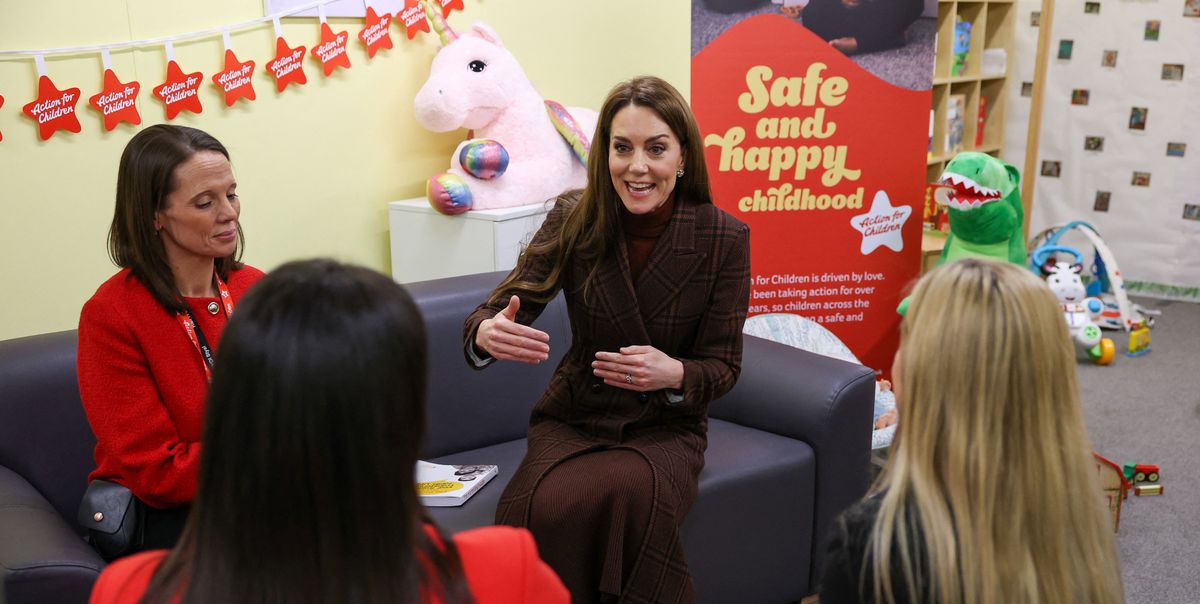
The renowned actress Elizabeth Taylor was a key figure in classical Hollywood cinema. She commenced her career at a young age.
Her career was illustrious, spanning more than six decades. Taylor lived a rich personal life, being married a total of eight times and having four children.
In 2011, Taylor passed away, leaving behind a sizable fortune. Recently, her final husband, Larry Fortensky, shared new insights about their shared life and what she bequeathed to him in her will.

Elizabeth Taylor was born in London, England, on February 27, 1932. Although both her parents were American, they were in London at the time of her birth. However, with the onset of World War II, Elizabeth and her parents relocated to the US to settle in Los Angeles.
Elizabeth Taylor – Early Career
Taylor’s parents were art dealers, and her mother had some experience in acting before marriage. This creative legacy was passed on to Elizabeth, who began dancing at a tender age.
While still a child, Elizabeth underwent a screen test and soon after secured a contract with Universal Studios.
At 10 years old, she made her debut in Hollywood with the film There’s One Born Every Minute (1942), followed by notable roles in Lassie, Come Home (1943) and The White Cliffs of Dover (1944).
In 1944, Taylor achieved major success with her lead role in National Velvet, a blockbuster that earned over $4 million for the 12-year-old actress at the time.
Reflecting on her upbringing in the glare of Hollywood, Taylor acknowledged that it wasn’t always glamorous. In a 1987 interview with Rolling Stone Magazine, she described her childhood in the film industry quite differently.
“It was like a giant factory, I’m sorry to say. But if you liked being used, I think it was a very productive family. I was 9 when I made my first films in Hollywood. I was used since I was a child and exploited by the studio,” she shared.
She further expressed, “I was promoted to fill their pockets. I’ve never felt it to be a safe, warm place. I’ve always been very much my own. I had my own mother and father. They were my family, not the damned studio.”
Becoming a Studio Manager Later




